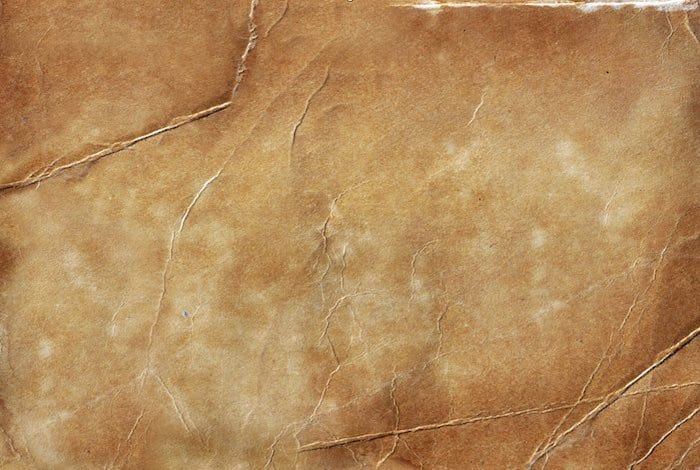Charles Bonnet syndrome
Description
Charles Bonnet syndrome (CBS) is a condition in which visual hallucinations occur in cognitively intact patients and in the absence of any other psychotic features or any evidence of a psychiatric disorder. Although the syndrome is usually associated with visual impairment, its presence is not essential for diagnosis. CBS can occur at any age, but sufferers are usually elderly.
The hallucinations may be simple or complex images. Characteristically, they are recurrent, well-defined and elaborate. They do not usually cause distress to the patient.
The precise pathophysiology of CBS is not known and there are no controlled clinical trials studying effective treatments for CBS. Apart from prescribing pharmacotherapies such as antipsychotics and anticonvulsants, the role of a clinician is to reassure the patient and to provide information about the syndrome.
History of Charles Bonnet syndrome
1760 – Charles Bonnet original description of vivid, complex visual hallucinations in his psychologically normal 87 year old grandfather, Charles Lullin. Lullin had cataract operations on both eyes and was practically blind. His grandfather saw pictures of men, women, birds, carriages, buildings, tapestries and scaffolding patterns.
…je connois un homme respectable, plein de santé, de candeur, de jugement & de mémoire, qui, en pleine veille, & indépendamment de toute impression du dehors, apperçoit de tems en tems, devant lui, des figures d’Hommes, de femmes, d’oiseaux, de voitures, de bâtimens, Il voit voie ces figures se donner différens mouvemens; s’approcher, s’éloigner, suir; diminuer & augmenter de grandeur ; paraître, disparoître, reparaître…
…Il ignore d’un moment à l’autre quelle vision s’offrira à lui: Son Cerveau eft un Théâtre dont les Machine exécutent des Scènes, qui surprennent d’autant plus le Spéctateur qu’il ne les a point prévues.
..I know a respectable man, full of health, candor, judgment, and memory, who, in full vigil, and independently of all impression from without, perceives from time to time, before him, figures of men. of women, of birds, of carriages, of buildings. He sees these faces give themselves different motions; to approach, to go away, to follow; decrease & increase in size; to appear, to disappear, to reappear …
…he does not know from one moment to the next what vision will be offered to him: his brain is a theater whose machines perform scenes, which surprise the spectator even more than he could have foreseen.
1938 – Morsier coined the eponym ‘Charles Bonnet syndrome’ originally to describe visual hallucinations in the elderly in the absence of cognitive impairment and peripheral ophthalmopathy
1982 – Berrios and Brook extended the definition of CBS to include other pathologies, particularly cognitive and visual [1982; 11(1):17-23]
In recent times, notwithstanding various proposed classification systems, Charles Bonnet syndrome has been used for all manner of hallucinatory states in the elderly. It is important to remember that CBS describes visual hallucinations that occur in the psychologically normal patient and it often occurs in those with a visual impairment.
Associated Persons
- Charles Bonnet (1720 – 1793)
Alternative names
- Visual release hallucinations
- Bonnet’s syndrome
References
- Bonnet C. Essai analytique sur les facultés de l’ame. 1760: 426-428
- Mosrier G de. Les hallucinations. Revue d’oto-neuro-ophtalmologie. 1966; 16: 244-352
- Mosrier G de. Le syndrome de Charles Bonnet. Hallucinations visuelles des vieillards sans deficience mentale. Annales Médico-Psychologiques, 1967; 2(5): 677-702.
- Berrios GE, Brook P. The Charles Bonnet syndrome and the problem of visual perceptual disorders in the elderly. Age Ageing. 1982; 11(1): 17-23
- Podoll K, Osterheider M, Noth J. [The Charles Bonnet syndrome]. Fortschr Neurol Psychiatr. 1989; 57(2): 43-60.
- Gold K, Rabins PV. Isolated visual hallucinations and the Charles Bonnet syndrome: a review of the literature and presentation of six cases. Compr Psychiatry. 1989; 30(1): 90-8
- Cole, MG. Charles Bonnet Hallucinations: A Case Series*. The Canadian Journal of Psychiatry, 1992; 37(4): 267–270.
- Menon GJ, Rahman I, Menon SJ, Dutton GN. Complex visual hallucinations in the visually impaired: the Charles Bonnet Syndrome. Surv Ophthalmol. 2003; 48(1): 58-72.
- Hedges TR Jr. Charles Bonnet, his life, and his syndrome. Surv Ophthalmol. 2007; 52(1): 111-4.
- Vukicevic M, Fitzmaurice K. Butterflies and black lacy patterns: the prevalence and characteristics of Charles Bonnet hallucinations in an Australian population. Clin Exp Ophthalmol. 2008; 36(7): 659-65
- Sacks O. What hallucination reveals about our minds. [Video] TED 2009.
- Sacks O. Hallucinations. Vintage Books. 2013

eponymictionary
the names behind the name
